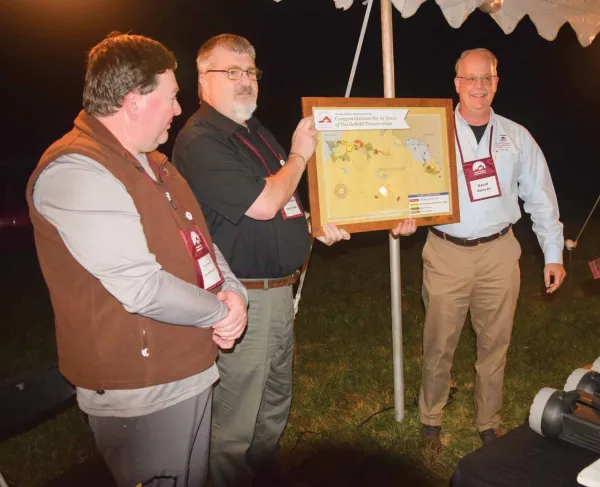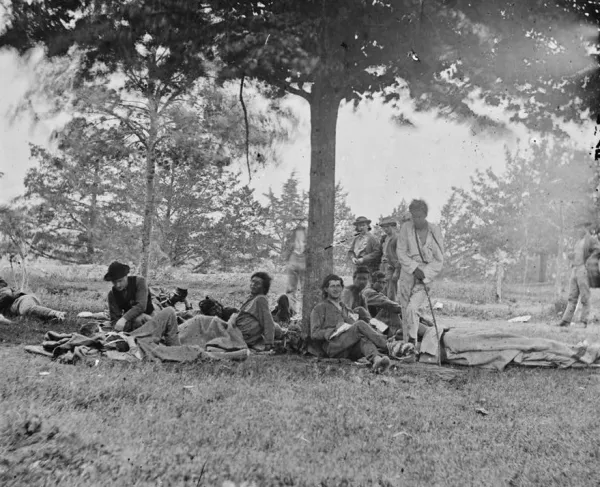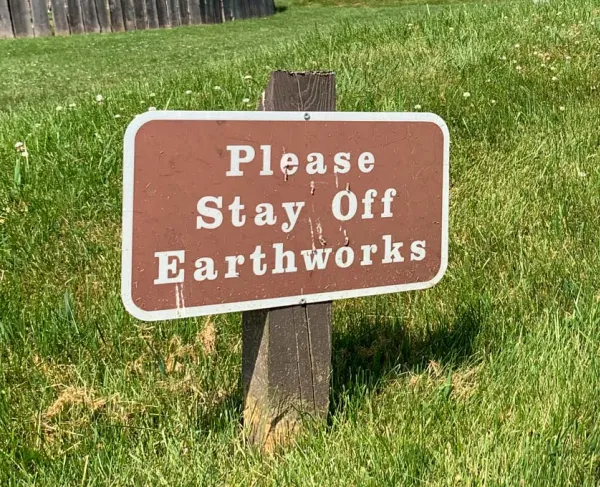The Battle of the Wilderness: Then & Now
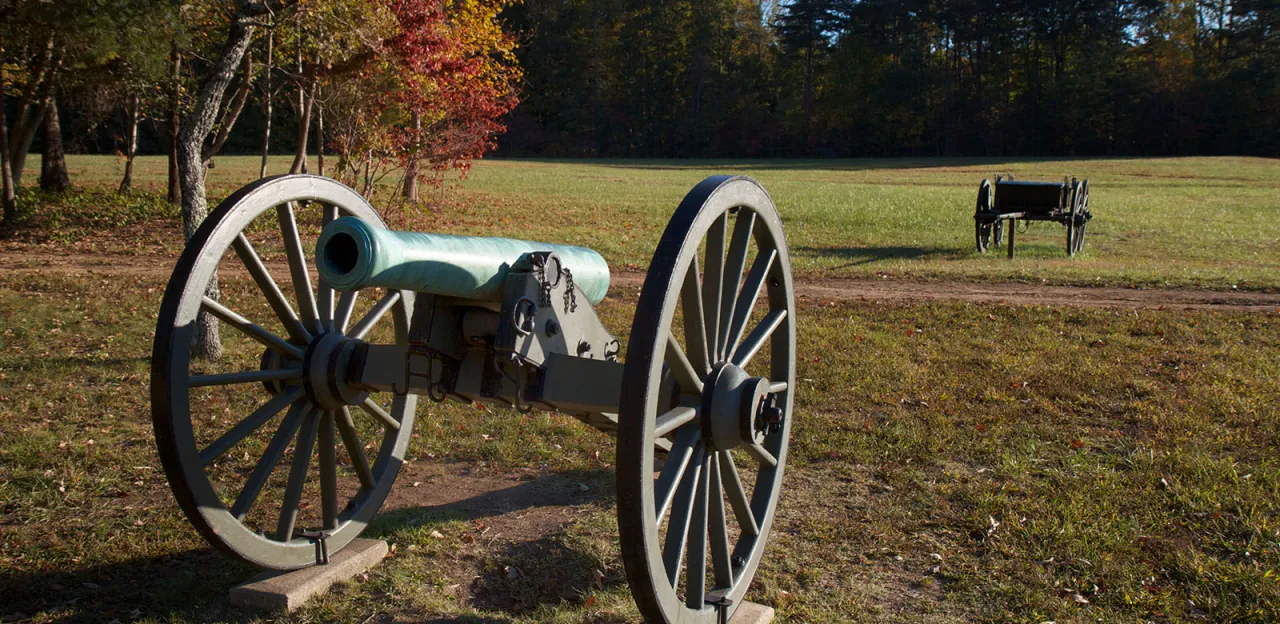
The Civil War Preservation Trust recently had a chance to walk the Wilderness Battlefield near Saunders Field with Civil War historian Don Pfanz. During our conversation, Don helped to detail much of the rich military history of the Battle of the Wilderness and the state of the battlefield today.
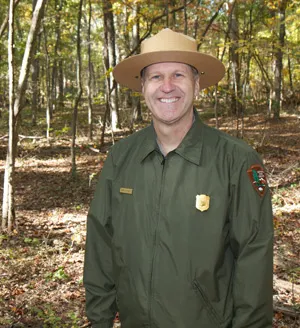
Civil War Trust: Let’s set the stage: Union and Confederate armies spent the winter of 1863-1864 in rather close proximity on opposite sides of the Rapidan River in Virginia. What were some of the challenges with opening a campaign in that region?
Don Pfanz: The starting point for any commander’s strategy is logistics. An army must be fed and supplied before it can fight. At the outset of the campaign, the Union and Confederate armies confronted one another across the Rapidan River, near Orange, Virginia. The Confederates had had all winter to entrench. A frontal assault against them would have been costly and of doubtful success. That left just two options: attempt to turn Lee’s left flank, above Orange, or cross try to turn his right flank by marching through the Wilderness. Turning Lee’s left flank would entail Grant to establish a long and vulnerable supply line all the way back to Washington, D.C. The closer he got to Richmond, the longer that supply line would become. By moving west, Grant might also expose Washington to attack.
The other alternative was to turn Lee’s right flank via the Wilderness. The Wilderness was an area of dense second-growth forest, full of small trees and undergrowth. It was difficult for an individual to move through it, much less an army. A battle there would go far toward neutralizing the Union army’s advantages in infantry, artillery, and cavalry. On the other hand, by moving to the east and keeping his back to the navigable rivers, Grant could considerably shorten his supply lines. General Andrew A. Humphreys, the Army of the Potomac’s chief-of-staff, drafted a plan that called for the army to cross the Rapidan River at Germanna and Ely’s fords, march quickly through the Wilderness, then wheel right and strike Lee somewhere near Mine Run—a stream that Union generals thought likely Lee would try to defend. But as usual, Lee did the unexpected. As soon as he learned the Union army was crossing the Rapidan downriver from his position, Lee immediately led his army into the Wilderness, forcing Grant to fight on terrain that was to Lee’s advantage.
Robert E. Lee commands the Army of Northern Virginia but which armies are on the Union side and who is really in command?
DP: The Union strategy in Virginia involved three armies: George Meade’s Army of the Potomac (by far the largest army in the state), Benjamin Butler’s Army of the James, and Franz Sigel’s army in the Shenandoah Valley. By this stage of the war, Ulysses S. Grant was the general-in-chief of all Union armies. By attacking simultaneously, Grant hoped to overwhelm the Confederates and neutralize the South’s advantage of having interior lines of communication. His orders to Meade were concise: “Lee’s army will be your object. Where Lee goes, you will go also.” While Meade occupied Lee’s attention in north-central Virginia, Butler would land his army at Bermuda Hundred and move on either Petersburg or Richmond, cutting Lee’s supply lines with the South. At the same time, Sigel would advance up the Shenandoah Valley, destroy the Confederate crops there and deny Lee access to the “Breadbasket of the Confederacy.” Unfortunately for the Union, Butler and Sigel both failed in their assignments forcing Meade’s army to take a more aggressive role as the spring progressed.
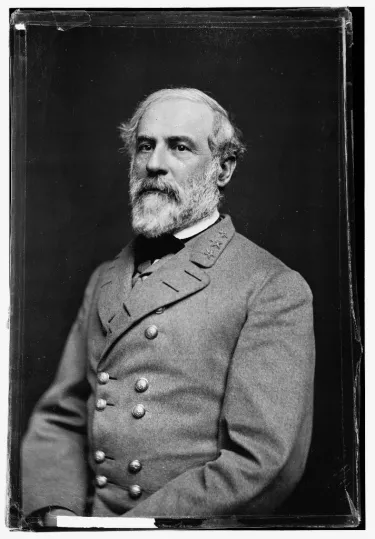
On May 5, 1864, the first day of the battle, Robert E. Lee is still missing his First Corps under Longstreet. Given the huge numerical superiority of the Union army, why did Lee feel the need to push his two remaining Corps into the Wilderness to engage Grant’s forces?
DP: The Army of the Potomac entered the 1864 Campaign with a 2:1 advantage in infantry, cavalry, and cannons. Had Lee fought Grant on even terms, Grant would surely win. The Wilderness neutralized Grant’s advantages and allowed Lee to fight him on more equal terms. The heavy woods denied the Union army fields of fire, thereby rendering their advantage in artillery meaningless. By the same measure, it was impossible to deploy cavalry in woods, thereby making much of Grant’s cavalry useless to him there.
Infantry could fight (with difficulty) in the Wilderness, but the dense undergrowth made maneuver difficult, while at the same time it lent itself to surprise attacks and panic, something Lee and Jackson had proven at Chancellorsville.
When Grant entered the Wilderness on May 4, 1864, Lee determined to strike him there. Unfortunately, just two of his three infantry corps—A. P. Hill and Richard Ewell--were close enough to do so. His remaining corps, under James Longstreet, was one day’s march farther away. If Lee was going to catch Grant before he escaped the Wilderness, he would have to engage him on May 5th, without Longstreet. Doing so would place his already-outnumbered army at a roughly 1:3 disadvantage. Given Grant’s aggressive reputation, it was a risky strategy, but one Lee felt obliged to attempt..
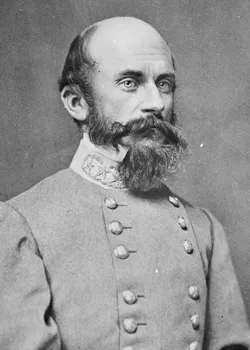
On the first day, a great deal of combat occurs on and around Saunder’s Field. Why was this such a hotly contested spot on the battlefield?
DP: Saunders Field was a 50-acre field that straddled the Orange Turnpike (modern Route 20). It was one of very few clearings in the otherwise gloomy forest. When Richard Ewell approached the Army of the Potomac on May 5th, he had orders from Lee to engage the enemy and stop their progress through the Wilderness, but to avoid a general engagement until Longstreet’s corps arrived the following day. Ewell encountered the Army of the Potomac at Saunders Field and immediately began deploying his corps across the turnpike along the higher, western edge of the field, where his troops could enjoy a clear field of fire. Grant, eager to engage the Confederates on any terms, obligingly attacked Ewell at Saunders Field at 1 p.m. on May 5, initiating the battle, and continued to hammer away at Ewell’s line well into the night. Despite achieving a momentary breakthrough south of the turnpike, Grant’s forces were repulsed with heavy casualties.
Many soldiers on both sides describe the fighting in this battle as savage and disorienting. What was it like to fight at the Wilderness and what made it different from other Civil War battles?
DP: The soil in the Wilderness was rich in minerals but poor for farming. Even in the colonial days, one person had referred to the area as the “poison fields.” The construction of the Orange Plank Road and the creation of several iron mines in the 19th century destroyed much of the virgin forest. What replaced it was a second-growth forest of mostly small (3”-5” wide) trees perhaps, 25 or 30 feet high. Because the trees were smaller, the sunlight was able to penetrate all the way to the forest floor, allowing undergrowth to flourish in the form of vines, briars, and thorn bushes, difficult for a single man to penetrate, much less lines of battle.
As the fighting for the Brock Road on the southern end of the battlefield raged, Confederate Brig. Gen. John Gordon spied an opportunity on the Union right. What did he see and what did he propose?
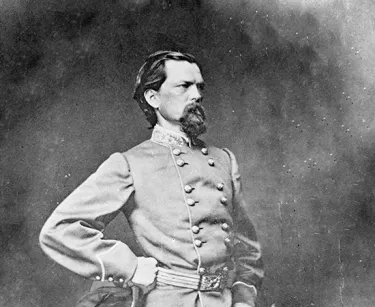
DP: Gordon’s brigade held the left flank of the Confederate line. His brigade had taken position there after dark on May 5th. Early the following morning, Gordon’s scouts brought him word that his brigade extended well beyond the right end of the Union line. Gordon verified the report with a personal reconnaissance, then proposed to his superiors, Generals Richard Ewell and Jubal Early, that he be permitted to strike the enemy’s exposed flank.
It seems that it took quite a while for Gordon’s flank attack against the Union right to begin. What was the hold up?
DP: Gordon proposed making his attack on the morning of May 6th, but his immediate superior, General Jubal A. Early, objected to the plan. Early had information that the Federals had a large force—possibly the Ninth Corps—near the Rapidan River. If so, such a force would not only threaten Gordon’s attack but might deliver a critical blow on Ewell’s entire line. Without any reserves, Ewell would not be able to counter such a blow. Disaster might ensue. Gordon denied Early’s claim that there were Union troops near the river and appealed to Ewell that he be permitted to make the attack.
Ewell recognized the opportunity Gordon’s attack promised, but he likewise recognized the danger to the army if Early’s report was correct. Before making a decision, he determined to scout the area himself. Unfortunately, before he could do so, Ewell was called away to a meeting with Lee. He did not return until the afternoon. By then, the situation was more clear. There were no more reports of Union troops near the river and the Ninth Corps had been located on a different part of the battlefield. Moreover, Ewell had been reinforced by Robert D. Johnston’s brigade, just arrived from Richmond. Under the circumstances, Ewell approved Gordon’s attack but insisted that it not be made until sunset. Ewell felt that the growing darkness would camouflage the paucity of Confederate numbers and might increase panic in the Union ranks. Gordon accordingly attacked at dusk. Although his attack initially achieved stunning success, it bogged down in the dense and increasingly dark woods.
Gordon’s flank attack on May 6 seemed to cause a great deal of concern and consternation in the Union ranks. What was Grant’s reaction and response to this new threat?
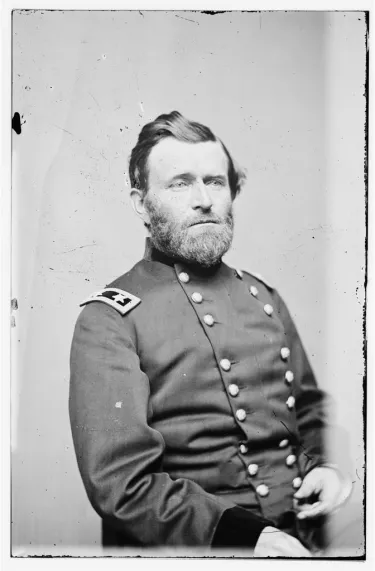
DP: Outwardly Grant maintained a firm demeanor, calmly ordering troops to reinforce his threatened flank. When an excited staff officer urged him to retreat, claiming that Lee would cut him off from the ford, Grant exploded, telling the officer that he was tired of always hearing what Lee was going to do. He ordered the man to stop thinking about Lee and start thinking about what they were going to do. Despite Grant’s outward show of resolve, one officer claimed that the two days of stressful combat took its toll on the Union commander and that after dark he retired to his tent and gave vent to his emotions.
The Battle of the Wilderness was the first battle of the 1864 Overland Campaign. Was the Wilderness the beginning of the end of Lee’s army?
DP: In retrospect it was, although that was less clear at the time. Indeed, after two weeks of killing in the Wilderness and at Spotsylvania Court House, in which the Army of Northern Virginia had lost more than 25,000 men (more than 35% of its total), most Confederate soldiers expressed optimism. While acknowledging that they had taken heavy losses, they insisted that Grant’s head-on assaults had damages the Union army to an even greater extent. Looking back, however, it is clear that the losses incurred by Lee in May 1864—especially among his officers—had severely crippled his army.
The land CWPT is trying to preserve is mostly covered with thick trees. Why is this land so important to save?
DP: The tract that the CWPT is trying to preserve was a staging ground for the Union attacks at Saunders Field. Members of the Sixth Corps advanced through the property along the Culpeper Mine Road (also known as the Spotswood Road) on their way to the front on May 5th, and the Union army battled John Gordon’s Confederates on the northern end of the property on the evening of May 6th.
While important in its own right, the property is even more crucial because of its proximity to Saunders Field and its location adjacent to the Orange Turnpike (modern Route 20). Development of the property—either residential or commercial—would have a devastatingly impact on the northern end of the battlefield and would ruin much of the historical ambiance there.
How would you describe the state of the Wilderness battlefield today? Can a visitor still get a good sense of what the 1864 battlefield was like?
DP: Although the nature of the woods is different today than in 1864, visitors to the battlefield can still gain an appreciation of what it must have been like to fight there. The National Park Service had restored most of the clearings that dotted the battlefield and has created interpretive trails allowing those with more time to explore the areas off the roads. Development, such as the proposed Wal-Mart, continue to threaten the battlefield, however, while increasing traffic on the public roads that traverse the park inevitably detract from the visitor experience.
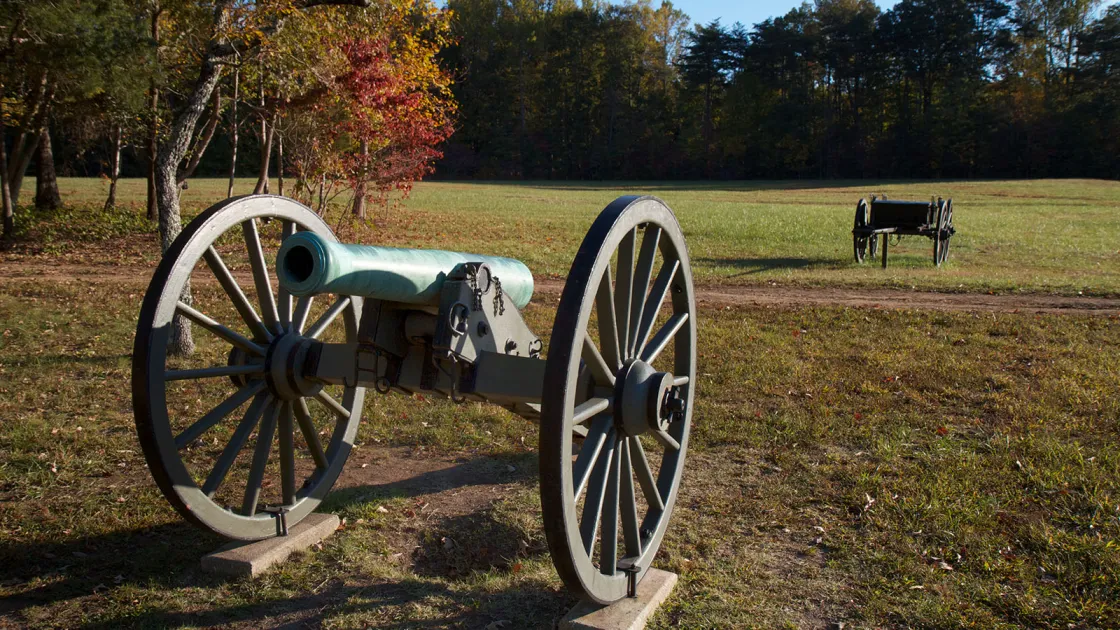
Looking forward, what improvements or developments would you like to see happen at the Wilderness battlefield?
DP: The National Park Service has made some significant improvements to the battlefield over the past few years, restoring the Union headquarters at Ellwood, adding new tour stops, and creating dozens of new interpretive signs. Still there is much to be done. Down the road I would like to see an additional trail added at the Higgerson Farm and near the unfinished railroad, I would like to see Ellwood open throughout the year, and I would like to see the Wilderness Exhibit Shelter moved out of Saunders Field to a less conspicuous location nearby. Most of all, I would like to explore the construction of a bypass that would divert traffic that currently runs through the battlefields around the outside of the park instead.
Learn More: The Battle of the Wilderness
Don Pfanz is a staff historian at Fredericksburg and Spotsylvania National Military Park. A native of Gettysburg, Pa., Pfanz graduated from the College of William & Mary in Williamsburg in 1980, then joined the National Park Service. Prior to joining the Fredericksburg and Spotsylvania National Military Park staff, Don served at Petersburg National Battlefield and Fort Sumter National Monument. He has written two books: Abraham Lincoln at City Point and Richard S. Ewell: A Soldier's Life.
